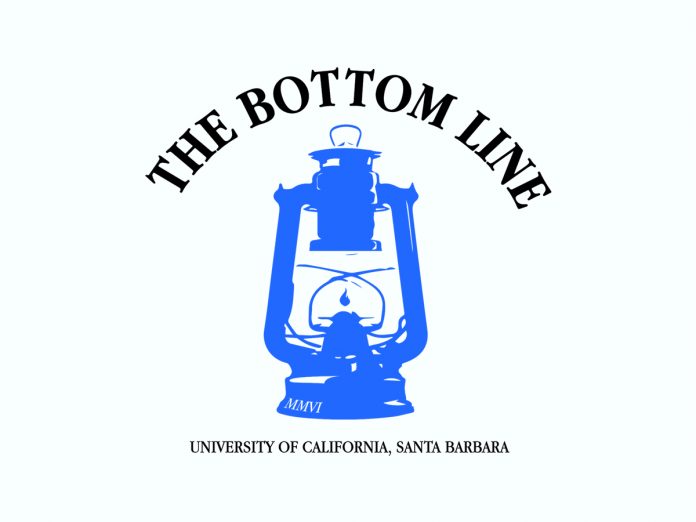Anais Tournier
Staff Writer
Over the last 12 years, Big Ideas, an entrepreneurship competition, has given University of California students opportunities to turn creative thoughts into innovative projects. The goal of Big Ideas is to facilitate social change through college students, awarding thousands of dollars to the most creative and motivated project.
Although the University of California has promoted this competition over the last decade, UC Santa Barbara has had a low participation rate, only increasing in recent years. In order to encourage student participation, Big Ideas, overseen by the Blum Center, has hired Innovation Ambassadors, such as Thomas Lenihan, for outreach and promotion.
Lenihan is a past competitor in Big Ideas, as well a third year CCS biology major. Although he did not make it to the final round, Lenihan “really enjoyed the process” and is committed to executing his idea after graduation. In the meantime, he is dedicating his time to helping other students turn their ideas into competitive projects.
“A lot of people think they don’t have any good ideas, but anything can turn into a Big Idea,” said Lenihan in an interview with The Bottom Line. His goal as an ambassador is to motivate students to share their ideas and give them the resources possible to transform their ideas into proposals.
An example of an idea that turned into a Big Idea was the Responsive City Lights Project. A couple of Berkeley students noticed that many of their peers felt unsafe walking home in the dark. In response, these student designed city lights that follow individuals as they walk down the street. The idea was simple, but it excelled in the competition and created social change.
Although many students who are occupied with work, school, and extracurriculars may struggle to find time to develop an idea, Lenihan argues that once you have an idea, the application is simple.
All that is required for the first round is a three page pre-proposal that describes the issue at hand, the student’s innovative solution to the issue, and provides a team bio. The team submits their application into one of seven categories: Art & Social Change, Connected Communities, Energy & Resources, Food Systems, Global Health, Hardware for Good, or Workforce Education & Development. According to Lenihan, this application is then judged on creativity, potential impact, and the viability of the solution.
If selected, Big Ideas will provide you with a mentor in the field related to your idea. The competition has access to 350 professionals in a variety of fields to ensure that students have the necessary support to develop their proposals. According to Philip Denny, the director of Big Ideas, past contestants have noted that the mentorship element of the competition helped them develop research skills and broaden their professional networks.
These mentors help students turn their ideas into 10-page proposals that consider a variety of factors. Once these expanded proposals are submitted, finalists participate in Grand Prize Pitch Day at UC Berkeley. At Pitch Day, students present their projects for the final time in front of a panel of judges and three finalists are selected and awarded a prize.
Although the possibility of winning thousands of dollars may be the principal motivator for students’ interest in the competition, Denny states that the skills students learn in the competition are priceless. Learning how to build a team and apply classroom knowledge to real life problems are just a few of the skills that Big Ideas teaches students. However, without turning in a pre-proposal, students may miss out on an incredible opportunity.
When asked if he had any recommendations for students, Denny said, “Just dive in.” You never know where an idea can take you.








Great article, thank you for highlighting this important work!
Comments are closed.